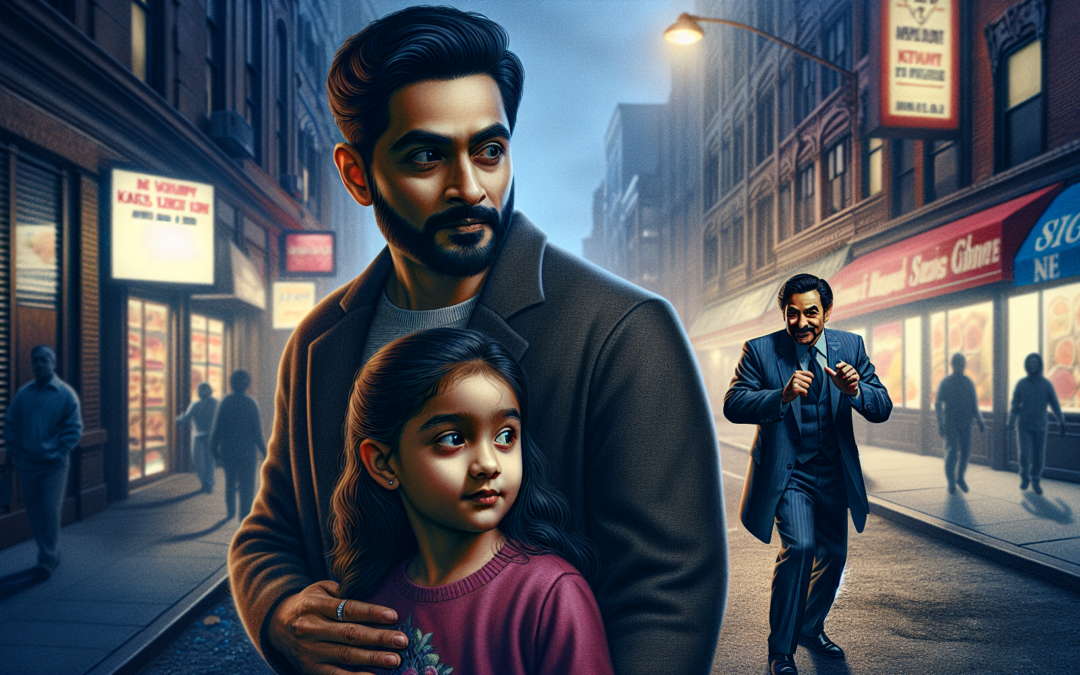On Guard: The Complex Challenges Facing Law Enforcement
Every day, law enforcement officers face myriad situations that test their resolve, their dedication, and their unwavering commitment to protect and serve. The role they play is not just about upholding the law in the cold, technical sense; it’s about navigating the gray areas of human interaction, ensuring that every citizen, regardless of age or status, feels safe and respected in their environment. The hard truth is that this mission unfolds on a stage where innocence can sometimes unwittingly become entangled with malign intentions or dire misunderstandings.
In Long Beach, a city known for its diverse culture and vibrant life, a recent incident pulled officers into the forefront of a volatile confrontation. This face-off laid bare the profound complexities that officers encounter while enforcing laws and maintaining social trust. Central to the issue was a confrontation where a concerned bystander accused a videographer of unsavory actions involving minors. This charged exchange put officers in a difficult position: how do they safeguard the rights of individuals while also responding to the heightened emotions and serious allegations present on both sides?
This situation is not just an anomaly but a reflection of ongoing challenges faced across cities in America. For police officers, the biggest adversary is often not crime itself but the wavering trust of the communities they vow to protect. Trust is the bedrock of effective policing, yet it is delicate, requiring diligent efforts to maintain, especially in fraught situations where allegations alone can rattle the core of community life.
The role of modern law enforcement requires more than mere presence. It calls for a sophisticated understanding of society’s evolving expectations and the patience to engage with the community based on empathy and shared goals. In the case of Long Beach, this incident presented an additional layer: the swift dissemination of information and misinformation alike, powered by social media channels. Platforms like YouTube and users leveraging videos create a quicker-than-ever flow of news, real or otherwise, before an officer may even arrive at the scene.
Suddenly, officers are not just addressing those physically present but are, unwittingly, also part of a larger digital dialogue that can amplify stakes. Cameras and views sell fast judgements, often missing this vital element of fair assessment, hence pressuring officers to deliver immediate resolve while adhering staunchly to procedural codes. In these moments, the discerning work of officers transcends rote procedural knowledge; it delves into mastery of crisis management and deftness in communication strategies that are as extensive as they are perceptive.
In the dedicated promise to protect the youth—those new patrons of societal value—the officers’ mission grows weighty. Children’s experience of safety must be immaculate, mirrored in every decision meted with fair justice. Thus, such cases of alleged filming get tackled under this very premise even as officers coordinate balancing reality and perception—a complex responsibility that elevates their role from mere law enforcers to protectors of innocence.
A growing concern with challenges like these is the phenomenon of ‘bystander intervention,’ where citizens take initiative with good intentions yet may lack proper context or safety guidelines. Understandably, communities desire vigilance about their surroundings; however, confusion can arise faster than facts can be clarified. As trust calls out for a more symbiotic relationship between civilians and police, support channels initiated through local advocacy, trainings, and dialogue spaces gain significance.
Progressive law enforcement models suggest partnership is essential to building fortified communities. By establishing clear protocols for both civilians’ safety assistance and maintaining their own integrity in reporting suspicious activity through lawful channels, misunderstandings could lessen over time. Meanwhile, routine workshops within neighborhoods, partnership days manifest around legislative awareness, or virtual sessions for understanding online implications paves meticulous paths that enure officers present engagements wholly.
Furthermore, initiatives must be encouraged where law enforcement and community members engage who tally diverse emotional perspectives. Such inclusive agendas renew hopes by both sensitizing officers about neighborhood intricacies often hidden beyond official reports and allowing citizens deeper insight into legal pressures officers daily withstand for humility exchange precisely guards resentments away faster.
Ultimately, Long Beach represents a microcosm—a reflection beam echoing dense cityscapes across the nation currently interwoven through threaded dynamic polities policing. Not through isolation but considered inclusion solving pivots wherein protection shared embarks communal evolution together teaches rights remain not just owned but lived equitably collectively underneath fabric framing democratic dignity.
As Long Beach’s law enforcement conjures resolve not solely through muscle but melded introspection balanced perceptions lasting. It sows seeds cultivating belief that justice anchored positivity keenly spins credibility acutely redefining footprint provider safety epitomizes society served woven selfless foresight building ethical legacy standing timeless strong.

Recent Comments